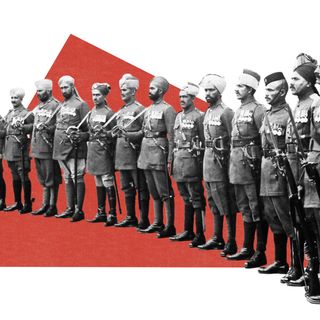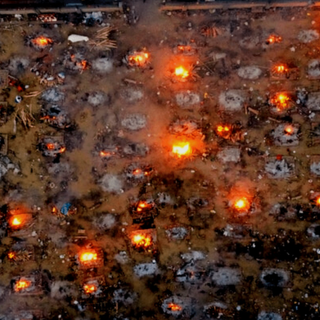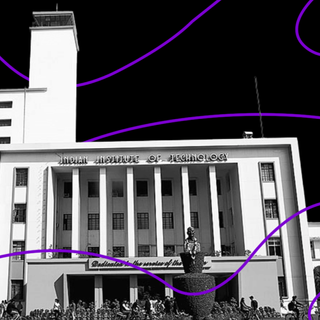The Supreme Court has issued a set of guidelines to make India’s criminal justice system more inclusive of marginalized identities — as part of a landmark judgment recognizing the role of gender, caste, and other social hierarchies that play a role in the violent crimes perpetrated against women.
The two-judge bench of Justices D.Y. Chandrachud and M.R. Shah were hearing an appeal by a person accused of sexually assaulting a blind woman belonging to a Scheduled Caste — the individual appealed a life imprisonment sentence imposed on him by a lower court — not just for rape, but also for violence against someone from a marginalized community.
“The experience of rape induces trauma and horror for any woman regardless of her social position in society,” the bench observed. “But the experiences of assault are different in the case of a woman who belongs to an SC community and has a disability — because the assault is a result of the interlocking of different relationships of power at play.”
Rape is, by itself, is widely understood as a tool of power and a means to exercise social dominance through violent rage. But when caste-ism and able-ism are introduced to the traditional gender hierarchy, women at their intersection become more vulnerable to assault. In the present case, considering the severity as well as the intersectional nature of the crime, the court upheld the sentence of life imprisonment imposed on the accused individual.
According to the National Crime Records Bureau (NCRB), sexual assault against women is among the most common crimes against India’s Dalit population. As for data on violent crimes against individuals with disabilities, the NCRB doesn’t have the data. In fact, 90 disability rights organizations, activists, and academics wrote to the government earlier this year seeking the inclusion of data on sexual assaults against disabled women in the NCRB.
Related on The Swaddle:
Oppressor‑Caste Solidarity Drives Culture of Silence Around Rapes of Dalit Girls in Haryana: Report
While the government is yet to respond to their demand, Justice Chandrachud has amplified their request with the present judgment, noting that “disability must be one of the variables on the basis of which such data must be maintained so that the scale of the problem can be mapped out and tailored remedial action can be taken.”
At the same time, “awareness-raising campaigns must be conducted, in accessible formats, to inform women and girls with disabilities, about their rights when they are at the receiving end of any form of sexual abuse,” the court stated. Further, citing cases where authorities didn’t take testimonies of disabled individuals seriously, the court strongly criticized mainstream notions of disabilities, stating: “The legal personhood of persons with disabilities cannot be premised on societal stereotypes of their supposed ‘inferiority,’ which is an affront to their dignity and a negation of the principle of equality.” The testimony of disabled individuals, the court observed, should be treated at par with an able-bodied individual’s claim.
His recommendations extend beyond inclusivity in data collection — he urges for a more inclusive, sensitized criminal justice system that recognizes the omnipresent intersectionality in crimes against individuals from oppressed communities. The judgment has laid out a set of guidelines to achieve these objectives: these include regular sensitization of police officers who deal with sexual abuse cases, along with training lawyers to be more cognizant of intersectionality in their legal proceedings. This can help ensure the country’s criminal justice system holistically address the intersectional nature of violence — as well as enables sexual abuse survivors from oppressed communities to access suitable legal aid.
Given that over 80% of cases relating to atrocities against women and children from marginalized communities are currently pending in court, according to government data, the guidelines could help steer the country’s justice machinery in the right direction.
Justice Chandrachud noted that it “becomes imperative to use an intersectional lens” when evaluating a crime, especially when the identity of a woman intersects with “her caste, class, religion, disability, and sexual orientation,” leading her to suffer violence and discrimination on multiple grounds.




